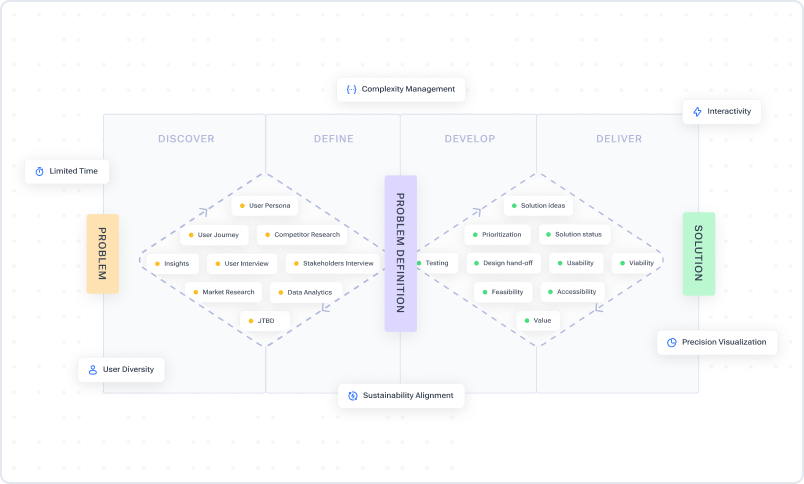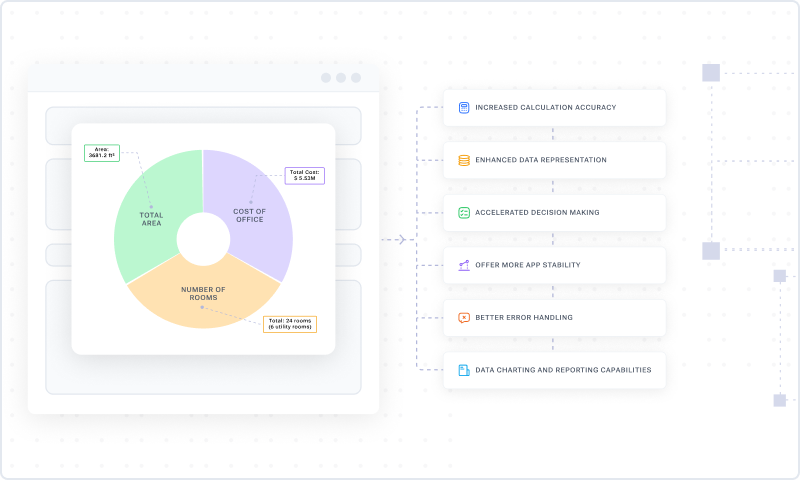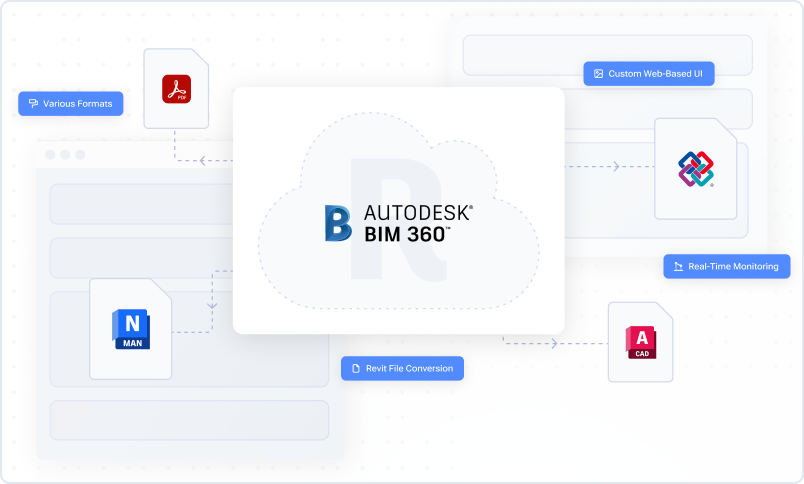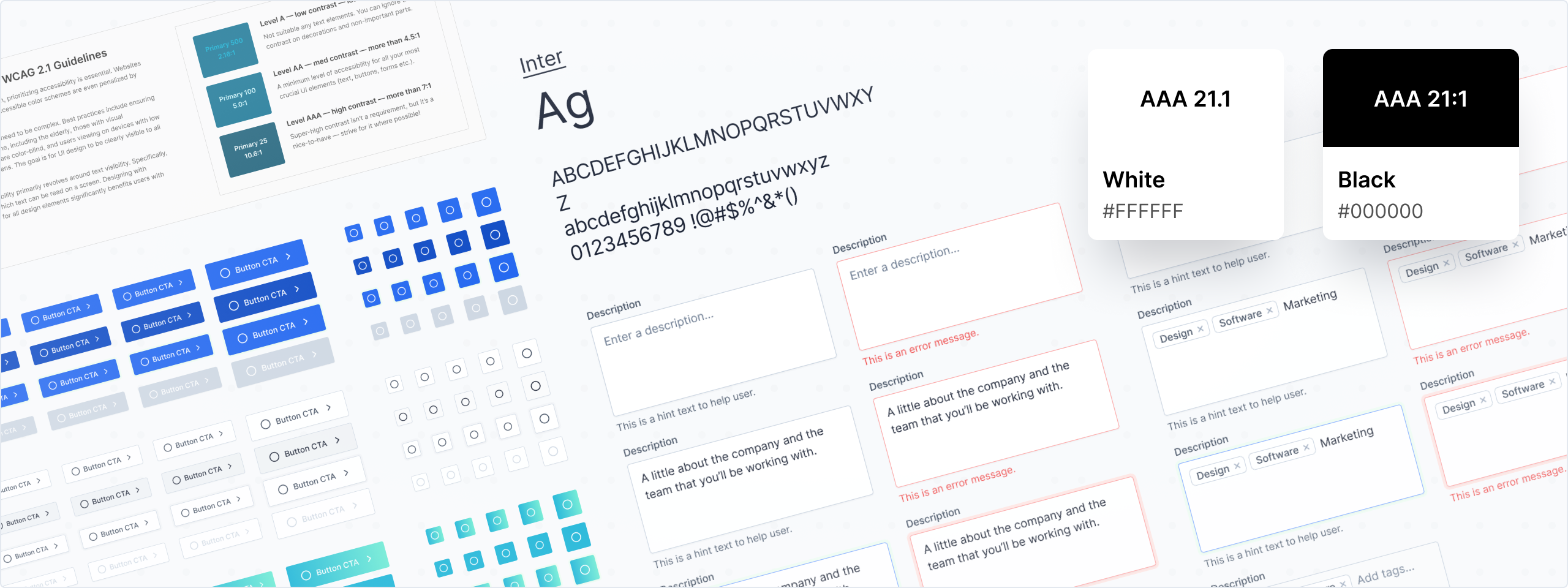Empowering optimized steel design: Pelogic and Qnect unite for Revit
Qnect LLC has established itself as the market leader in automated structural steel connection design, offering cloud-based software that delivers fully-connected 3D models for Tekla® Structures in seconds—dramatically reducing approval times and operational costs.
In pursuit of its bold vision to democratize connection analysis and design across the structural engineering community, Qnect engaged Pelogic to extend this powerful capability to Autodesk® Revit®. Pelogic’s deep BIM insights, manufacturing-grade engineering excellence, and extensive Revit expertise were instrumental in re-architecting Qnect’s core engine adaptors, enabling the next evolution in optimizing steel design to delivery in Revit.
- Solution Architecture
- UI/UX Design
- Development
- Testing
- Revit
- 3D Models
Key challenges
Sustaining Qnect’s proven architecture
Qnect’s Tekla adaptor is celebrated for its rock-solid integration and lightning-fast performance. Extending that same level of reliability and responsiveness to a different BIM platform meant carefully peeling apart the core services from the Tekla-specific layers—without ever diluting the speed or stability that users rely on.
Enabling seamless platform expansion
Building a foundation that would not only serve Tekla today but also embrace Revit (and any future modeling tools) required a strategic, layered design. The team needed to introduce just the right amount of abstraction, enough to accelerate future integrations, yet tuned to the way each host application handles geometry, parameters, and UI.
Upholding plugin excellence
Qnect’s Tekla plugin sets a high bar for usability, robustness, and engineering precision. The new Revit model-adaptor had to match that benchmark aiming for feature-parity, mirroring intuitive workflows, and adhering to the same rigorous code quality and performance standards that define Qnect’s industry-leading solutions.
Pelogic’s strategic approach
Core component abstraction
Pelogic conducted an exhaustive architecture review, isolating core back-end interaction algorithms and common UI componentry into a platform-agnostic services layer. This abstraction created a clean separation between the model translation engine and API-specific adaptors.
Modular Revit adaptor
Leveraging its deep knowledge of the Revit API and Revit workflows, Pelogic designed a modular Revit adaptor that interfaces seamlessly with the revised Qnect core layer. This adaptor encapsulates all Revit-specific data mapping, parameter extraction, and structural member position, and orientation extraction logic.
Engineering excellence & BIM insights
Pelogic’s team ensured the new adaptor not only replicates QuickQnect’s functionality but also integrates naturally into Revit’s design environment—facilitating Early Connected Models that detect constructability issues during schematic design and throughout the project lifecycle. Maintaining high software constuction standards and breaking tight coupling set the team up for success and future readiness.
Solutions delivered
Pelogic’s deep technical capabilities, industry expertise, and BIM acumen were the catalysts that transformed a Tekla-centric solution into a future-proof platform ushering in Revit integration and positioning Qnect to lead the industry for years to come.
Future-ready core engine
A re-architected, service-oriented core that supports multiple platform adaptors, laying the groundwork for future integrations (e.g., Tekla, Revit, and beyond).
The result is a powerful, extensible system that empowers structural engineers with unprecedented insights, minimizes waste, and accelerates the path from concept to construction.
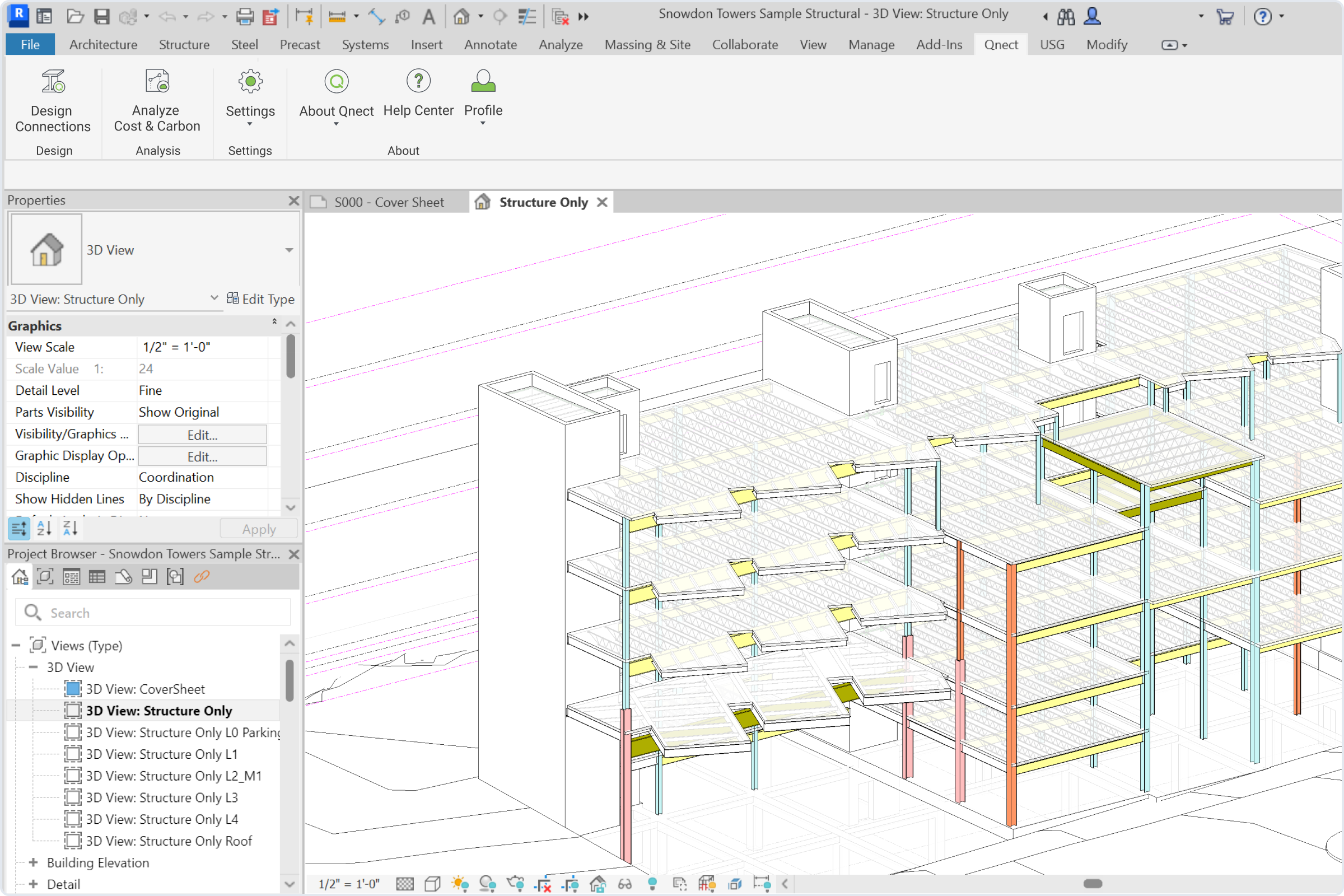
Revit adaptor & early connected models
The newly delivered Revit adaptor brings Qnect’s powerful optimization directly into the Revit environment. Structural engineers can run connection analysis within their Revit models, uncovering potential issues such as member clashes, insufficient bolt clearances, or unexpected connection requirements (e.g., doublers, stiffeners) early in the project lifecycle, long before fabrication or on-site construction begins.
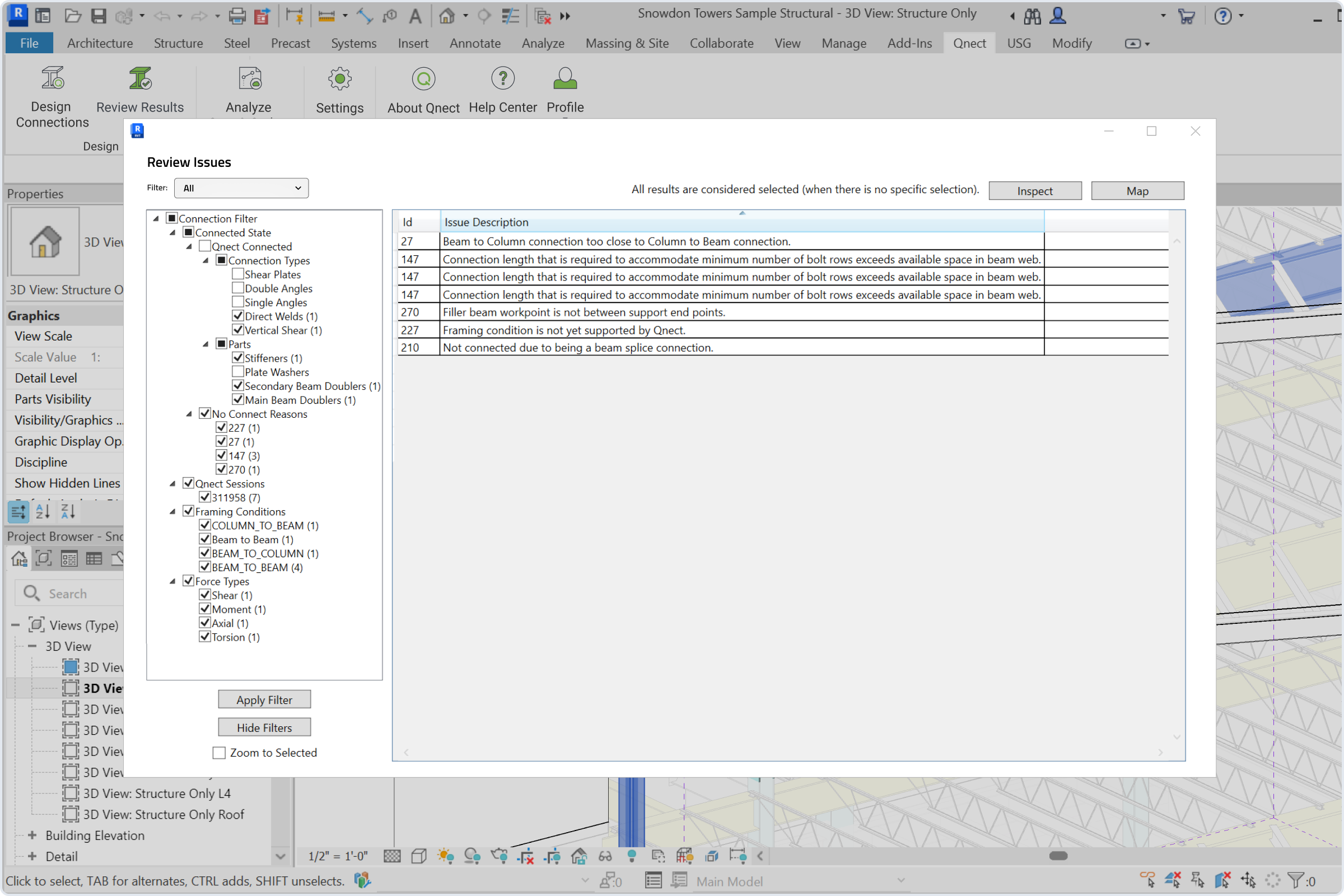
Seamless user experience
The integration leverages Revit’s native UI paradigms: custom ribbon panels, parameter palettes, and live feedback within the model view. Engineers benefit from Qnect’s powerful connection design and issue detection, and rapid connection optimization, now without ever leaving Revit.
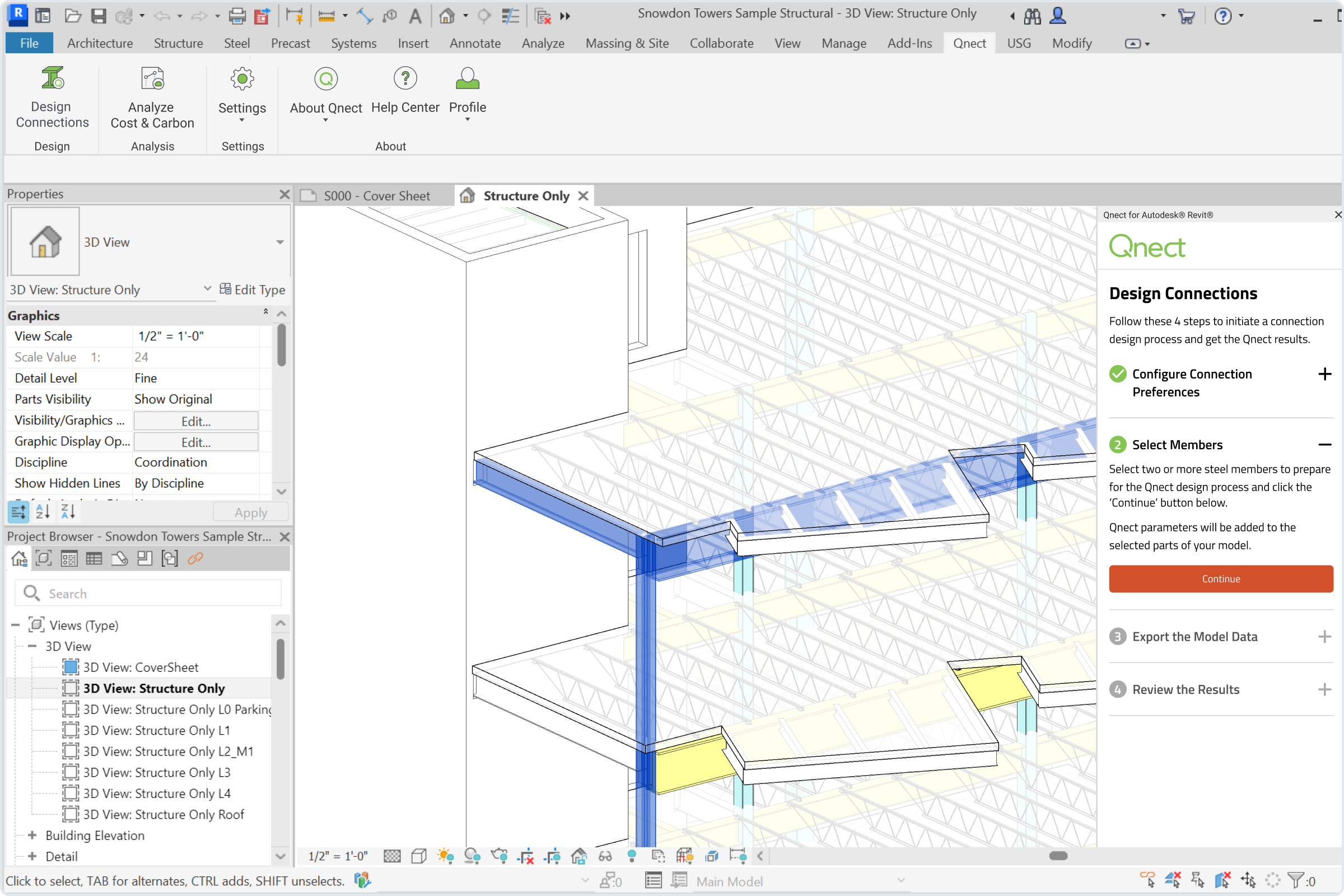
Business & technical benefits
Through this partnership, Qnect has taken a major step toward its vision of providing universal access to cutting-edge connection analysis and design.
Reduced RFIs & change orders
Early detection of steel connection issues within Revit cuts Request for Information (RFI) cycles by up to 50%, translating to significant schedule savings and lower project risk.
Scalable architecture
Pelogic’s abstraction enables more rapid rollout of future adaptors, ensuring Qnect can maintain its “first-mover” advantage across all major BIM platforms.
Material & labors savings
With Qnect’s optimization at the front end, material usage (bolts, welds, doublers) is reduced by 20% or more, and shop labor is minimized through clear, automated drawings, extending Qnect’s proven ROI in even the earliest design phases.
Enhanced collaboration
By embedding connection design into Revit, multidisciplinary teams of structural engineers, detailers, fabricators work from a single “Early Connected Model,” fostering concurrent problem solving and driving faster project delivery.
Technologies and platforms we use
We employ a cutting-edge technology stack and a future-ready core engine that provide flexibility, scalability, and high performance—laying the groundwork for future integrations with platforms like Tekla, Revit, and beyond.
Languages & Platforms
- C#
- .NET
- Autodesk Revit API
User Interface
- Windows Presentation Foundation
Architecture Patterns
- RESTful API
- MVVM
FAQs
You can discover answers to key questions about the company here. If you don't find the answer you're looking for, please reach out to our team.
What is Pelogic, and what does it do?
Pelogic is a USA-based software development company specializing in delivering integrated software solutions tailored for the Architecture, Engineering, and Construction (AEC) industry. Harnessing innovative technology and industry expertise, Pelogic aims to enhance efficiency, collaboration, and productivity in AEC projects through custom-designed software tools.
How long will it take to build and launch my software?
The timeline for building and launching your software with Pelogic depends on project complexity, specific requirements, and the level of customization needed. Generally, the process is broken down into phases, including initial consultation, design, development, testing, and deployment.
What are the main benefits of Pelogic?
Pelogic offers a suite of benefits, including bespoke software solutions that address specific AEC industry needs, streamlining workflows, and improving project management. Clients can expect increased productivity, enhanced collaboration between project stakeholders, and data-driven decision-making capabilities.
Can I make changes to my software after its launch?
Absolutely, Pelogic understands that business needs evolve, and offers the flexibility to make changes post-launch. Whether it's adding new features, modifying existing ones, or integrating third-party applications, Pelogic's expert team will assist you.
Does Pelogic provide ongoing support, maintenance and updates?
Yes, Pelogic is committed to providing exceptional support for its clients. This includes ongoing software maintenance, regular updates to incorporate the latest technological advancements, and round-the-clock customer support.
- Solution architecture and consulting
- UI/UX research and design
- Software construction and testing
- Support and maintenance
What are the main phases of creating software development solutions?
Pelogic's software development process usually involves the following stages:
However, these stages are flexible, and the scope can be tailored to meet the specific needs of each client.
How can we help you?
You can reach us anytime via team@pelogic.io or schedule a meeting with our business team.

Ken Marsh
CEO & Founder
Still have questions or ready to meet?
Let’s keep things moving—schedule a meeting with us today through our CRM system.
